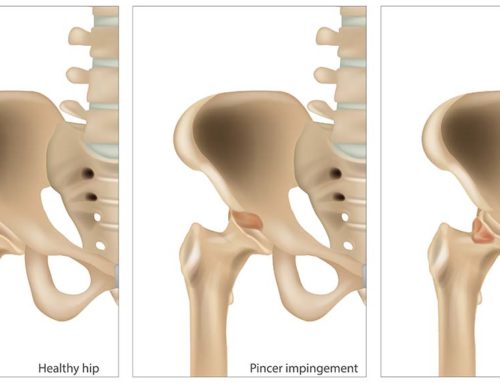X-rays for Back Pain
Lately, I’ve noticed a lot of discussion online about how imaging findings don’t usually relate to a person’s pain. It seems to be the current trend in social media, for practitioners to criticize the value of imaging results and how they relate to a person’s condition. Like many “new” ideas in musculoskeletal research, things become trendy among practitioners, and it’s quite visible in the numerous social media posts on the internet. Sometimes, it’s like a bit of a runaway train. According to some, imaging results are mostly irrelevant to a person’s condition given the numerous studies that have shown many asymptomatic patients (across various conditions) who have rather serious imaging findings. So, do the results of my lower back x-rays matter? Contrary to what many people are saying online and what some research is saying, in my opinion, they usually tell an essential part of the story.
As mentioned above, there is a growing body of research finding that imaging results don’t necessarily correlate with a person’s condition. A great example of this is imaging of the lower back. It is well established in the literature that a person can have significant arthritic wear and “damage” on imaging although they have little to no pain. Conversely, they can also have significant pain yet no obvious explanation through imaging findings. This is not a new concept at all and is the first lesson in radiology. I had my first radiology class approximately 18 years ago, and this concept was discussed often. I was always taught, “Treat the patient and not the x-ray”.
No, x-rays aren’t useless, but…
The internet loves extremes because it’s clever, it’s sensational, and it’s easier for people to explain and understand. No, x-rays aren’t useless, and MRI’s of the spine aren’t as useless as what some people are saying online. Imaging just needs to be used judiciously, and the results need to be correlated with a person’s history and clinical findings. Plain film x-rays can often give clues to a person’s condition, though not really telling the whole story. In other words, a skilled practitioner will not just rely on a written radiology report but will instead view the images at hand and search for clues that might relate to a person’s condition. Perhaps the best way to explain this concept is the schmorl’s node.
The discs of our spine sit between the bony vertebrae. They have a cartilage “crust” and a jelly “centre”. This is often why some practitioners use the analogy of a jelly donut since the consistency of the nucleus (centre) of the disc is not that different from jelly in a donut. When a spine is subjected to a significant compressive load, the jelly in the disc gets forced up or down and fractures the cartilage plate on the boney vertebrae. This can be visible on x-ray as a divot in the boney vertebrae and is very common. In fact, they are often not even mentioned on reports because they are known to be asymptomatic and common. People walk around with them all the time and don’t even know they have them at multiple levels of their spine. This is fine, and I don’t necessarily disagree with this approach. They usually wouldn’t be a pain generator. However, if a patient comes into my office and through their history and examination it is determined that their spinal pain is exacerbated by compressive load (such as squatting with weight, jumping or running), then the schmorl’s node might be very relevant. It might tell me that their spine has been subjected to significant compressive load in the past and they may now have an intolerance to this type of spinal load. It may guide my recommendations for “unloading” their injury and may help me give better suggestions as to how they can continue to exercise but do it in a way that their spine agrees with.
The take-home point is that imaging findings don’t always tell the whole story. You may receive what sounds like horrible news from a study that was done, yet it may not be very different from anyone else your age. Sometimes, imaging doesn’t help, and the findings are more incidental. Everyone will have evidence of arthritic degeneration in their spine by the time they are 40 years old, which is a regular part of aging and wear and tear on the joints. So, in some cases, this imaging finding is somewhat irrelevant because everyone at that age will have the same findings. However, practitioners shouldn’t fall into the trap that is the theme of the day and completely disregard imaging. There may be clues in the x-ray images that can help the patient
If you have back pain and need assistance (or if you’ve had imaging done and are unsure what the results mean for your condition) please don’t hesitate to call us at Burlington Sports Therapy. We can help you understand the results of any tests and whether they are even relevant to your condition. Good luck!








